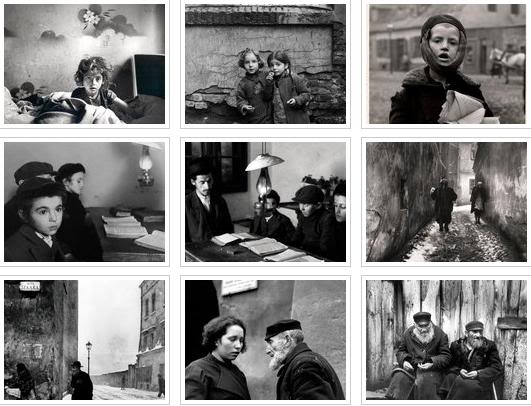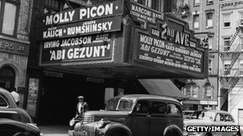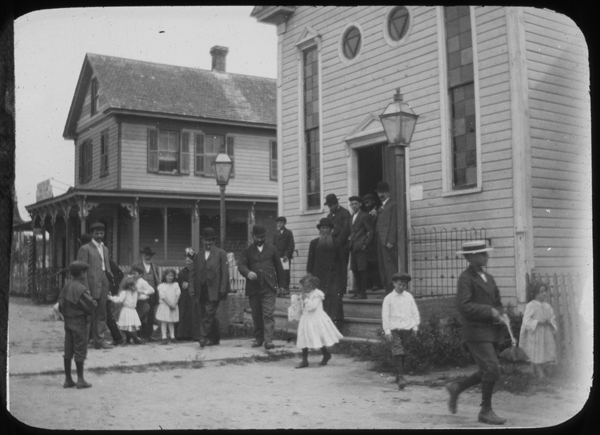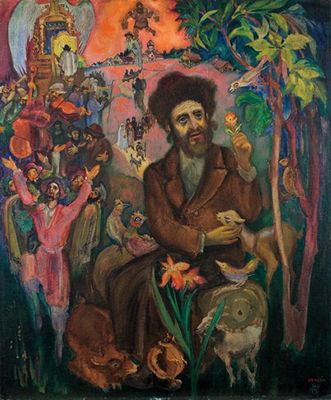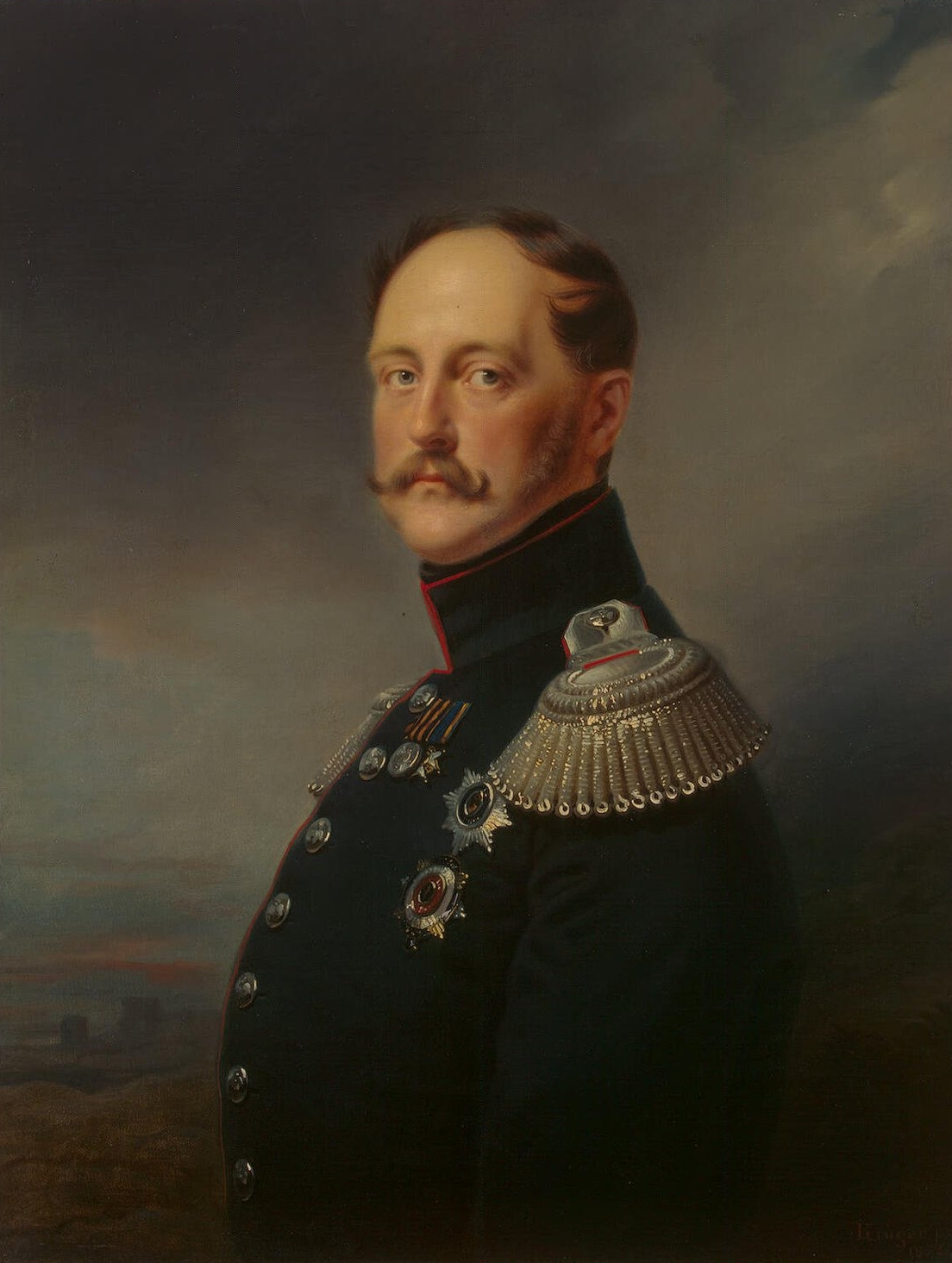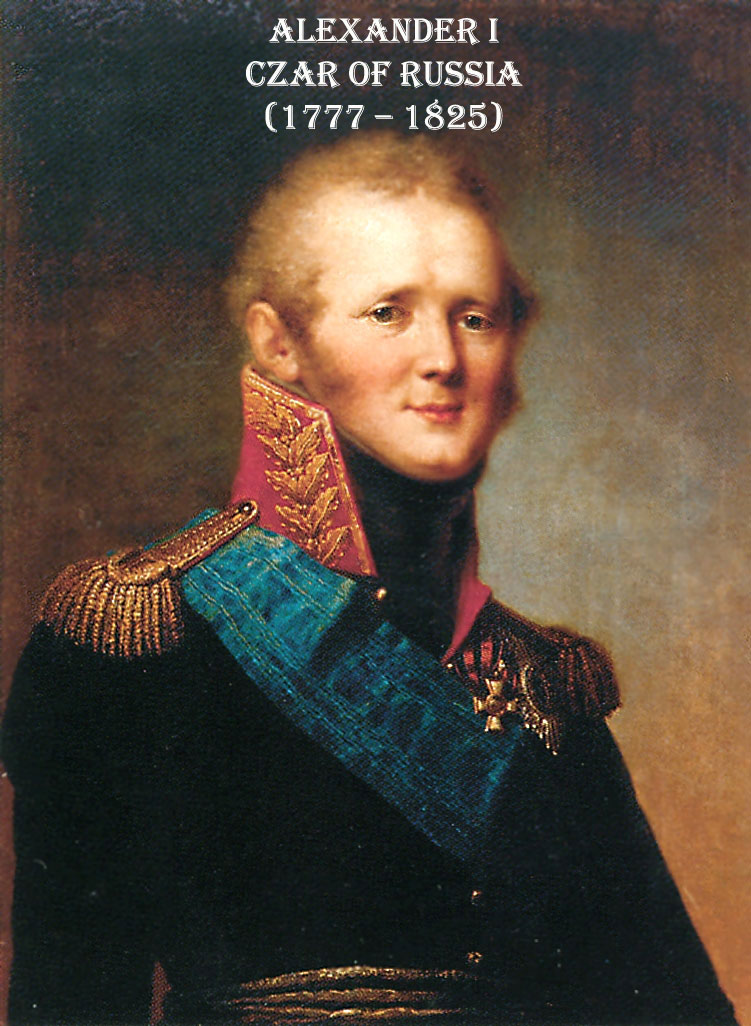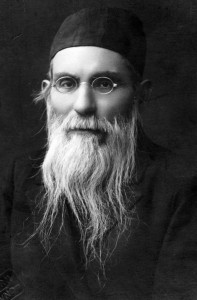
The Versailles Treaty created a number of small countries, many of whom had sizable Jewish populations. These countries guaranteed rights to their minorities, and to a certain extent they guaranteed the right to autonomy: to their own systems of education, language, representation in Parliament, etc. However, all of these rights were very quickly undone in most of these new countries. In effect, the country came to be dominated by a majority that oppressed the minority.
For Jews that meant anti-Semitism.
In Russia, a large element of Jews had believed that with the revolution they now could assimilate and become Russians. In fact, in their minds, that was the purpose of the revolution. In places like Lithuania it was not so. The Jewish parties in Lithuania were openly Jewish, Zionist or Jewish-socialist. At the same time, they were never a real factor in Lithuanian life. As a result, the government sponsored anti-Semitism which took a tremendous toll on Lithuanian Jewry.
It was so strong that the Slobodka yeshiva, which was located in a suburb of the capital city of Kovno, moved to Palestine. The head of the yeshiva, Rabbi Nosson Zvi Finkel (known lovingly as the Alter of Slobodka, the Elder of Slododka), and his other rabbinic administrators, moved it purely for religious reasons. They were not Zionists, at least in the political sense. But they had a great love of the Land of Israel and felt that the future of the Jewish people lay there. They wanted to move not only for their own purposes, but to start a movement which other yeshivas would follow to replant themselves in Israel. Lithuania was a “motherland” of yeshivas, so a move by arguably the leading yeshiva made quite an impression.
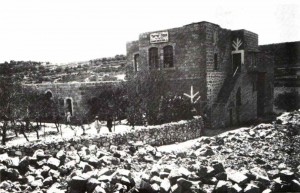
However, only part of the yeshiva moved — about 60%, while 40% remained in Slobodka. The result was two Slodobka yeshivas. The one that moved to Israel settled in the city of Hebron. And for a while it thrived there, boasting numerous great scholars.
There had been a Jewish population in Hebron for centuries. It was one of the Jewish people’s traditional four holy cities — along with Jerusalem, Safed and Tiberius — and had a recorded Jewish presence since at least the time of Nachmanides, 700 years earlier. Then in 1929, the Arabs made a pogrom and many students of the yeshiva were murdered or wounded. More than 40 of its young, unarmed students, women and children were brutally murdered and the rest of the population was driven out of Hebron.
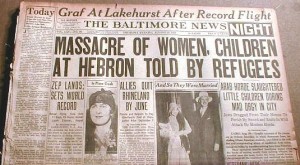
The Yeshiva resettled in Jerusalem. At the same time, they renamed the yeshiva from Knesses Yisrael to the Yeshiva of Hebron, in honor of its roots in the Holy Israel.
In either event, the Slobodka yeshiva was a pioneer among yeshivas by moving from Lithuania. One of the grandsons of Rabbi Nosson Zvi Finkel reportedly once heard him say, “The ground is burning underneath my feet.” He could not get out of Lithuania fast enough.
Other great rabbis wanted to leave, but in many cases they were afraid it would start an avalanche. The most prominent among them was the saintly Rabbi Yisrael Meir Kagan, known as the Chofetz Chaim. When he considered also transplanting his yeshiva to Israel the other rabbis and leaders would not let him. He was too important to Jewish morale in Europe.
That was the situation of Jews between the wars: they couldn’t stay but they couldn’t go.

